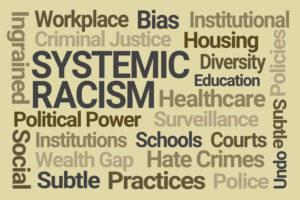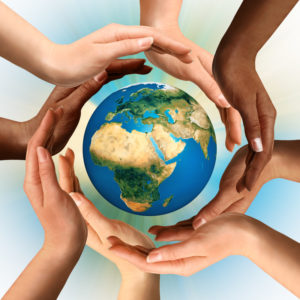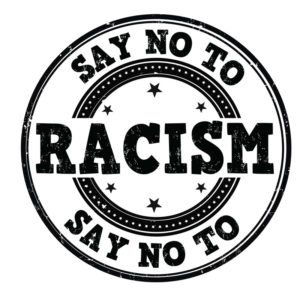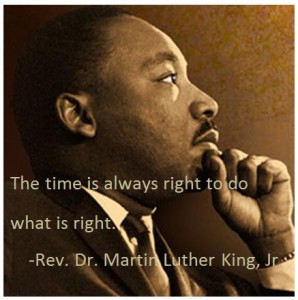February started with news that was both disturbing and disappointing to see in 2022. But unfortunately, not a surprise considering the long history of racism and white supremacy in this country. News programs the first few days of Black History Month covered bomb threats at many HBCU campuses, the Florida Anti-Woke Act, book banning, a neo-Nazi group protesting in front of Brigham and Women’s Hospital in Boston, and another police shooting of a young black man, Amir Locke, in Minneapolis.
the first few days of Black History Month covered bomb threats at many HBCU campuses, the Florida Anti-Woke Act, book banning, a neo-Nazi group protesting in front of Brigham and Women’s Hospital in Boston, and another police shooting of a young black man, Amir Locke, in Minneapolis.
It makes one wonder if this is 2022 or the 1950s. Are we moving forward or backward?
When I touch on political subjects in my blog posts, I try to weave a healthcare perspective into it. The best I can do given these discouraging news stories is to reinforce that it takes each one of us to make change and create the kind of world we want to live in, work in and raise our families in.
As Rev. Dr. Martin Luther King, Jr. said, “The arc of the moral universe is long, but it bends towards justice”. Yes, but only if we pull it towards justice. So, what can you or I do to pull it?
I applaud Boston Children’s Hospital where I served as interim CIO last year for requiring “Bystander to Upstander” training for all employees as part of the health system’s commitment to diversity, equity, and inclusion. This program raised awareness of microaggressions in everyday life and provided simple tools for each of us to use to move from being a bystander when we see and hear something to being willing to call it out.
I applaud the CHIME Diversity and Inclusion committee which I am a member of for their continued work to raise awareness amongst CHIME and CHIME Foundation members and AEHIS, AEHIA and AEHIT members. The newest offering, “DEI Dialogues”, kicks off this Friday 2/25 from 12-1PM ET. DEI Dialogues will be a dynamic series of virtual conversations around identity, belonging, equity and inclusion with a different lens of focus each month. The focus of the first one is Black History Month. Cletis Earle, SVP and CIO at Penn State Health, and Dr. Andrea Hendricks, Senior Executive Director & Chief Diversity, Equity, and Inclusion Officer at Cerner, will moderate the discussion. For more information on CHIME Diversity and Inclusion and to register for the first DEI Dialogues, click here.
When it comes to understanding our own biases and working to end racism, we are each on our own journey of self-awareness and action. Together we can be the change and move forward not backward.
Resources and Related Posts:
Here’s the story behind Black History Month – and why it’s celebrated in February
How Sharing Our Stories Builds Inclusion
One year later – an increased focus on diversity, equity and inclusion




